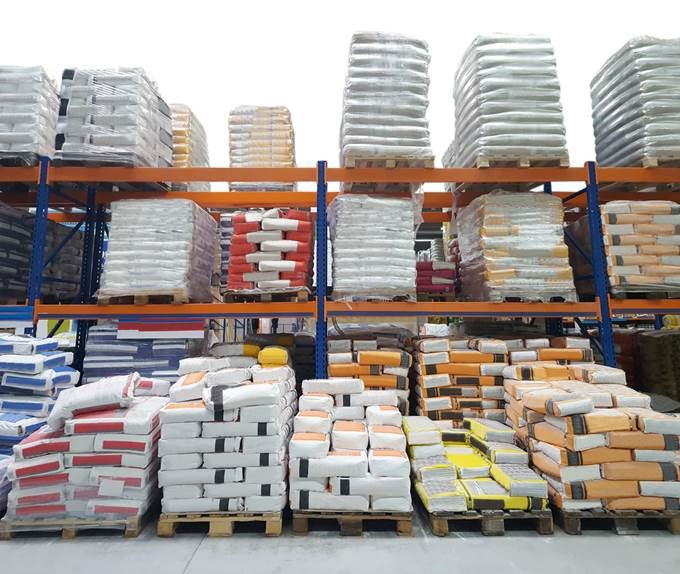Rainham-based GBS Fire Protection has signed a three-year deal with Eleven Sports Media to join the London Stadium Associate Partnership programme. The deal will enable GBS to utilise powerful digital fan engagement platforms installed throughout the London Stadium, to promote their services to fans within the 60,000-capacity arena. GBS Fire Protection is a multiple award-winning fire protection specialist, which offers a comprehensive range of fully integrated, passive fire protection solutions for commercial, residential, and industrial properties. With extensive experience working in the construction sector, GBS are experts in providing in-built passive fire protection solutions that impede the spread of fire and smoke damage to commercial properties. Away from the stadium, access to Eleven’s customer-targeted, social content will be afforded to GBS, allowing them to advertise their services towards a target designated audience. The company plans to use its status as an Associate Partner to reach out to new customers in need of reliable fire prevention services. Tomas Tamosaitis, of GBS Fire Protection explains, “We’re excited to be working with Eleven Sports Media and the London Stadium to share our message, which is an incredibly important one. By integrating the right fire prevention solutions at the earliest stage of construction, we can make significant budget savings for our clients. Not only that, we can help design a solution that maximises its effectiveness, which may ultimately save lives.” GBS provide a range of passive fire protection services, from intumescent paints which slow the spread of flames, to blast proof ceilings and smoke and fire barriers, all of which are incredibly effective at slowing damage in the event of a fire. GBS will use the Associate Partner platform, to deliver its message via digital displays throughout the concourse and hospitality areas of the London Stadium, as well as in the stadium bowl, where it can be shared with a huge television audience, through which the company can reach a nationwide audience. GBS has offices in London and Derby, and provides fire protection services for SME’s and multinational clients throughout the UK and internationally. As part of its agreement, GBS will use high impact mid-tier LED throughout Premier League games, as well as the enormous external LED wrap, which can’t be missed on approach to the stadium, to deliver its message and reach new clients. As an Associate Partner, GBS will increase its opportunity to reach new clients, through a series of exclusive networking events at which London’s business community come together to share contacts and experiences. In an innovative move, Eleven Sports Media has launched a new digital networking app, Eleven Connect, which enables Associate Partners to engage with one another even when not face to face. The technology has proven to be incredibly effective for its partners, with Eleven Sprots Media having recently been awarded Best Use of Technology to Amplify Assets or Existing Partnerships at the UK Sponsorship Awards, and a host of nominations at the 2022 Football Business Awards. As an Associate Partner, GBS Fire Protection go into the 2022/23 Premier League season with a hugely visible presence at the London Stadium, in an effort to expedite their ambitious growth strategy. To learn more about GBS Fire Protection, visit www.gbsfirepro.co.uk.














